Two petrol station canopies built in the 1960s have been given Grade II listed status by Heritage Minister John Penrose on the recommendation of English Heritage.
The dramatic overlapping parasol design of the Mobil canopies on the A6 at Red Hill, Leicestershire, and the concrete canopy structure on the A1 at Markham Moor, West Drayton, Nottinghamshire, are the first 1960s motoring related structures to be listed and join the likes of the Grade II Chinese Garage in Beckenham built in 1929, which takes its inspiration from Japan, with a Japanese garden complete with pond, bridge and lanterns.
John Penrose, Minister for Heritage, said: “These petrol station canopies are splendid reminders of an era, not so long ago, when motoring was first becoming available to all, and a family car journey was very often an adventure in itself. These designs were futuristic at the time and they continue to delight – they have clearly stood the test of time.
“Listing doesn’t mean they must remain unchanged for all time, but it does mean that they will now have an extra layer of protection against demolition or inappropriate redevelopment.”
Dr Simon Thurley, chief executive of English Heritage, said: “The advent of motor transport perhaps did more to change life in 20th century Britain than any other single invention. Yet today hardly any petrol stations or other buildings relating to the birth of motoring remain – almost all have been swept away and rebuilt many times over. These two new listed buildings will strike an immediate chord with many people today and symbolise to future generations some of the flair and exuberance associated with driving in the 1960s.”
The distinctive circular Mobil canopies at Red Hill, built in the late 1960s, were designed by noted American modernist architect, Elliot Noyes (1910-1977). He was commissioned by Mobil in 1964 to create an instantly recognisable and attractive design which resulted in the Pegasus-style petrol station.
The design was used internationally and the canopies in Leicester are thought to be the only intact remaining examples in use in the whole of the UK. They have survived remarkably well and their striking overlapping “parasol” design makes Red Hill perhaps the most innovative and distinctive petrol station in England.
The canopy at Markham Moor in Nottinghamshire was a technical innovation, an unusual and dramatic roof structure formed of a hyperbolic paraboloid shel, and was designed by the British architect Sam Scorer with the engineer and German refugee Dr K Hajnal-Kónyi.
The new Grade II listings are part of a wider English Heritage project to examine the impact of the motor car on the historic environment. The aim is to find out more about this major development in twentieth century history and seek out the very best examples of architecture that represent this time. The project will culminate in the publication of Carscapes: the Motor Car, Architecture and Landscape in England published by Yale in autumn 2012.





















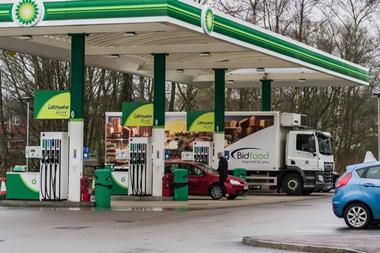


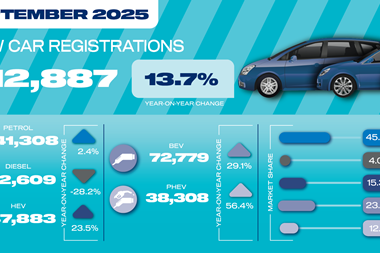
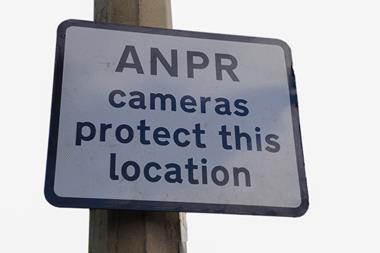
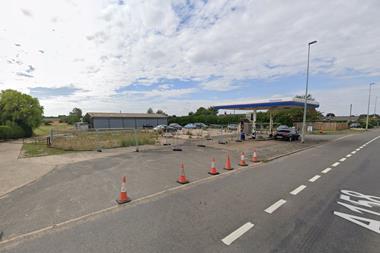


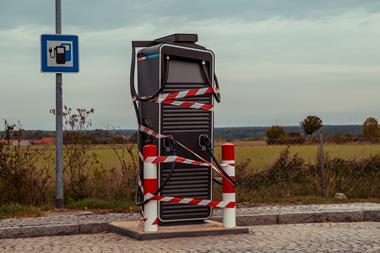

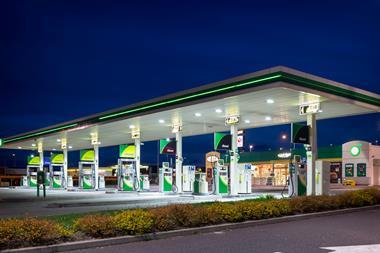

No comments yet